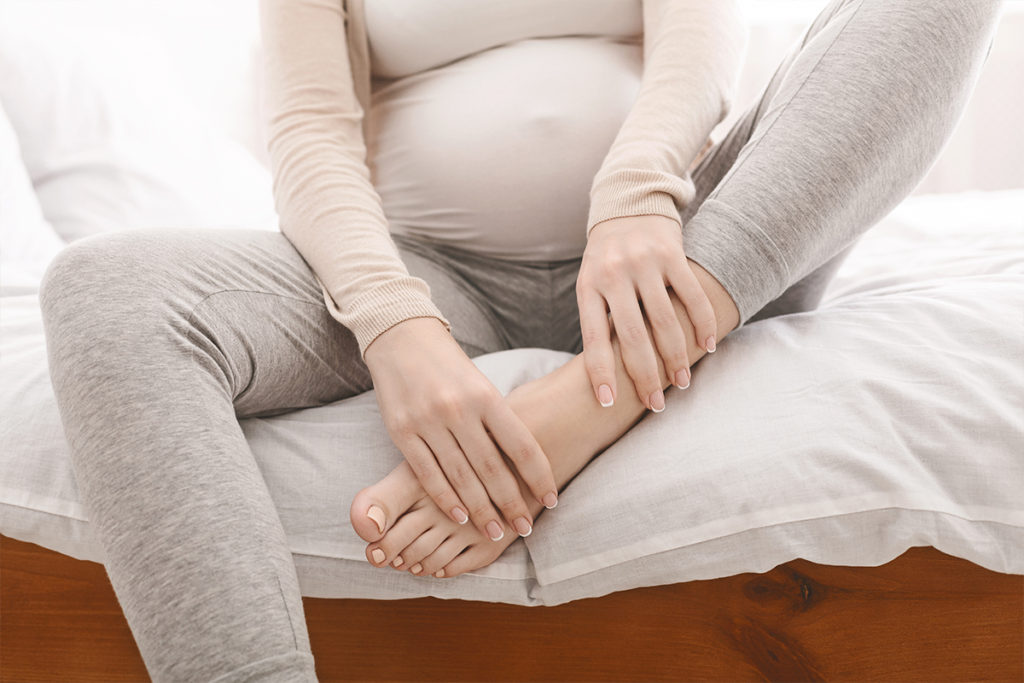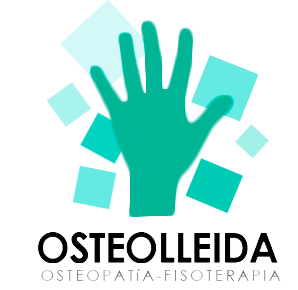Before Pregnancy
Mechanical imbalances in a woman’s pelvis should be treated to facilitate all the processes that will follow.
During Pregnancy
Osteopathy improves the experience of the gestational process and the quality of life of pregnant women by helping them adapt to its physiological and postural changes. It minimizes the discomfort caused by the morphological changes that occur over the more than nine months of pregnancy.
The treatment of musculoskeletal dysfunctions and the examination of the pelvis and spine aim to relieve any existing dysfunctions that impede or hinder natural physiological delivery.
Adaptive manipulation allows the pelvis to express its maximum elastic potential.
Childbirth
Childbirth pushes the pelvic mobility to the limit to facilitate the passage of the fetus. When the baby’s head passes through the birth canal, the skull molds without forcing the musculoskeletal system of the mother’s pelvis.
Postpartum
After childbirth, osteopathy aims to restore healthy biodynamics of the musculoskeletal system and the proper function of all the organs in the abdominopelvic cavity.
Women who have just given birth should be seen, if possible, within the first 6 weeks after delivery.
Conditions or pathologies that we can treat:
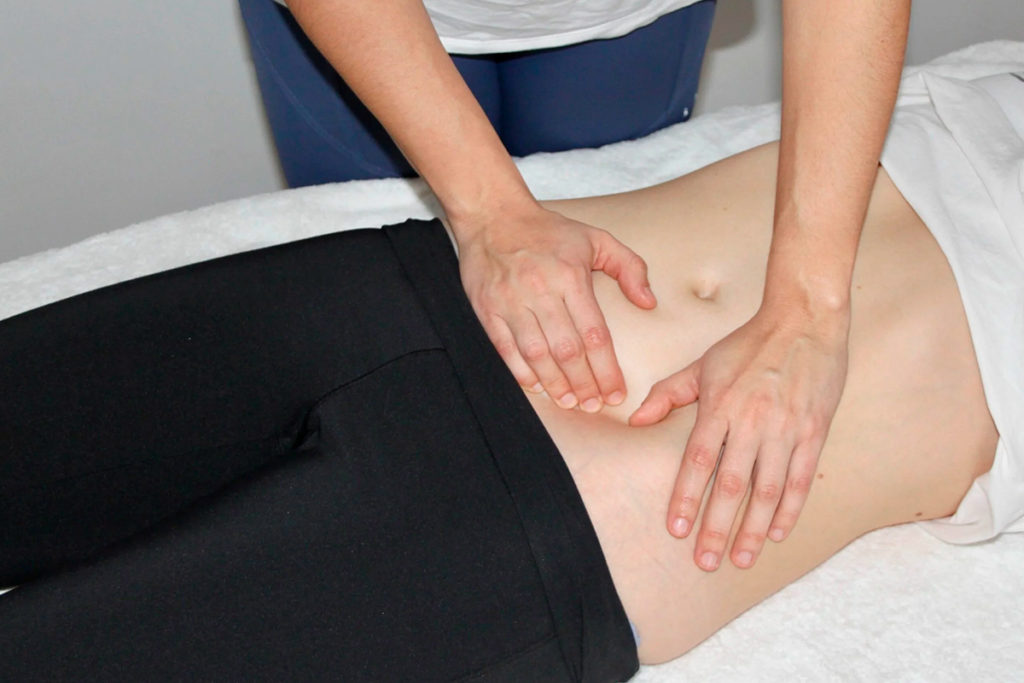
Pelvic sphere
Cystitis, recurrent urinary tract infections, urinary or fecal incontinence, stress loss, pain during sexual intercourse, fibroids, irregular menstruation, amenorrhea, certain infertilities, menopause, adhesions, endometriosis, recurrent candidiasis, prolapses.
Musculoskeletal system
Musculoskeletal back pain (lumbago and sciatica), restoring postural control in women.
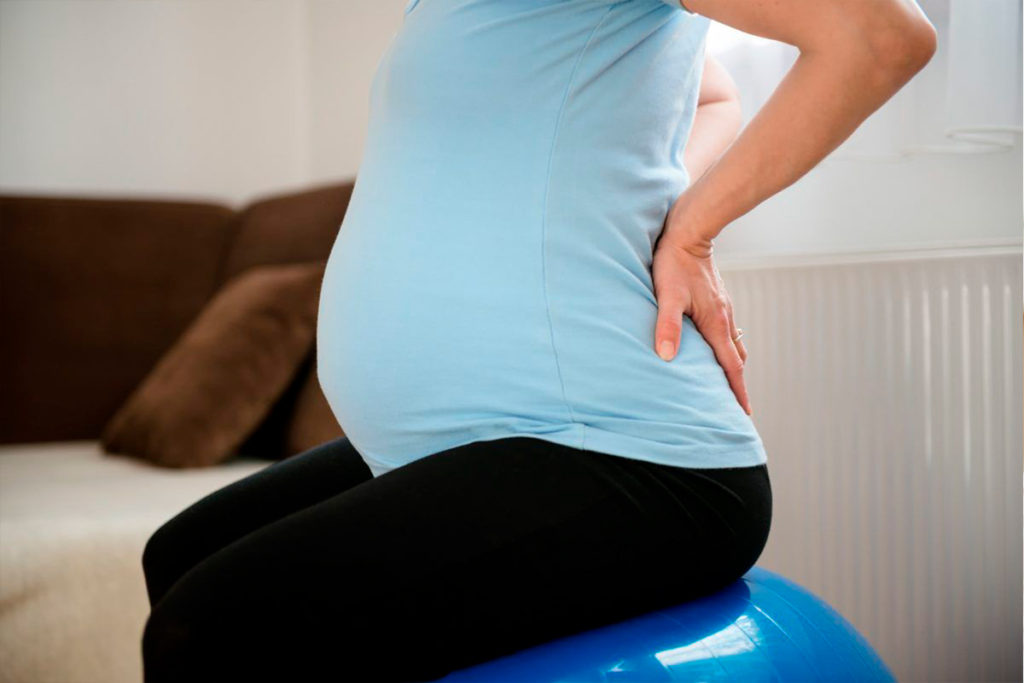
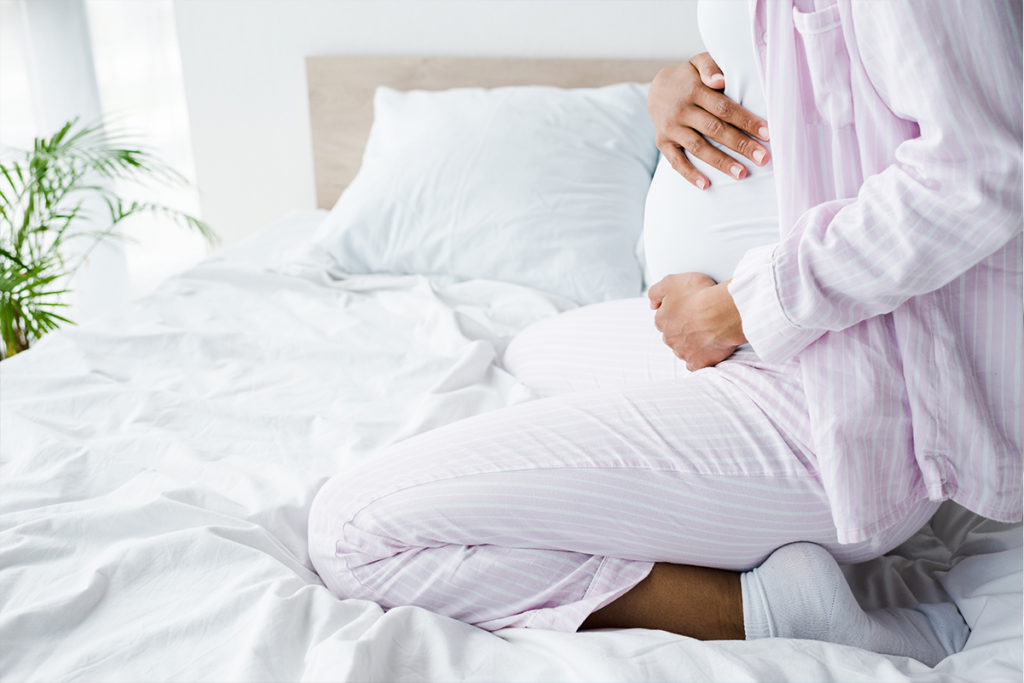
Digestive problems
Gastroesophageal reflux, heartburn, indigestion, irritable bowel syndrome, and constipation.
Vascular problems
Pelvic congestion (bulbar varicose veins, hemorrhoids), fluid retention with swollen feet and/or legs.
